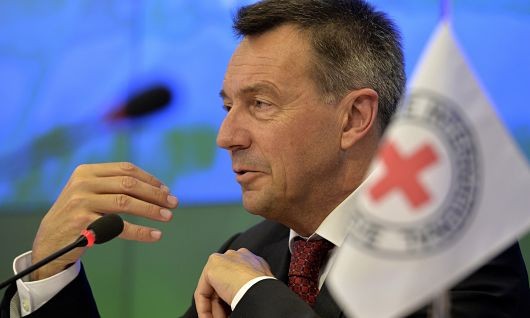United Nations Humanitarian Chief, Stephen O’Brien, called a meeting of multiple U.N. agencies in July to discuss immediate action regarding deteriorating humanitarian conditions within the conflict-ravaged nation of Yemen, as fears of widespread famine within the country continue to grow.
Officials agreed to raise the caution of humanitarian emergency in Yemen to Level Three, the highest humanitarian crisis level within the United Nations, after the World Health Organization (WHO) provided updated statistics regarding the severity of conditions within the Arab world’s most impoverished country.
The WHO recently announced that an estimated 21.1 million Yemenis currently require significant humanitarian aid, with an additional 13 million people faced with a food security crisis and 9.4 million people exercising limited to no access to basic water resources.
Health officials have stressed the adverse effects these conditions will have on the national population, as inadequate access to these essential resources will increase the risk of water-borne diseases, such as cholera, and the persistence of widespread malnourishment.
In addition to Yemen, the United Nations has placed the nations of Iraq, Syria and South Sudan at Level Three of humanitarian emergency in recent months due to consistently escalating conflicts within these regions. The U.N. Humanitarian Office states that declaring a top-level humanitarian emergency allows for the mobilization of extended aid funding and an organization-wide deployment of staffing personnel.
A U.N. official familiar with agency operations within Yemen stated after this summer’s emergency meeting that an additional 11.7 million citizens will be targeted for humanitarian assistance provided by additional resources mobilized by the Level Three declaration.
Ismail Ould Cheikh Ahmed, the U.N. envoy for Yemen, stated last week in a press release that Yemen is, “One step away from famine,” after noting that only two million Yemeni citizens were in need of humanitarian assistance two years ago.
Houthi Shiite rebels and military forces allied with former President Ali Abduallah seized Sana’a, the capital of Yemen, in September and have been conducting military operations against Sunni militants, local separatists and tribal militias allied with current President Abed Rabbo Mansour Hadi. President Hadi was forced to flee to Saudi Arabia after the invasion of Sana’a by Houthi forces last year
A military coalition led by Saudi Arabia and backed by the United States has been conducting airstrikes within Yemen against Houthi rebel forces since March. The conflict has resulted in 3,083 fatalities and 14,324 casualties since its onset last year according to the most recent estimates of the WHO.
Ahmed also urged all contingents within the regional conflict that erupted earlier this year to participate in a humanitarian ceasefire during the month-long celebration of the Muslim holiday Ramadan in order to ease the delivery of humanitarian aid resources.
The U.N. envoy to Yemen outlined multiple solutions to the conflict which included, “The need for a ceasefire, an orderly withdrawal of Houthi forces from cities, monitoring and verification mechanisms, an agreement to respect international humanitarian law and not to hinder the deployment of humanitarian aid operations; and a commitment to engage in talks mediated by the United Nations.”
– James Thornton
Sources: Big Story, Middle East Monitor
Photo: The Telegraph
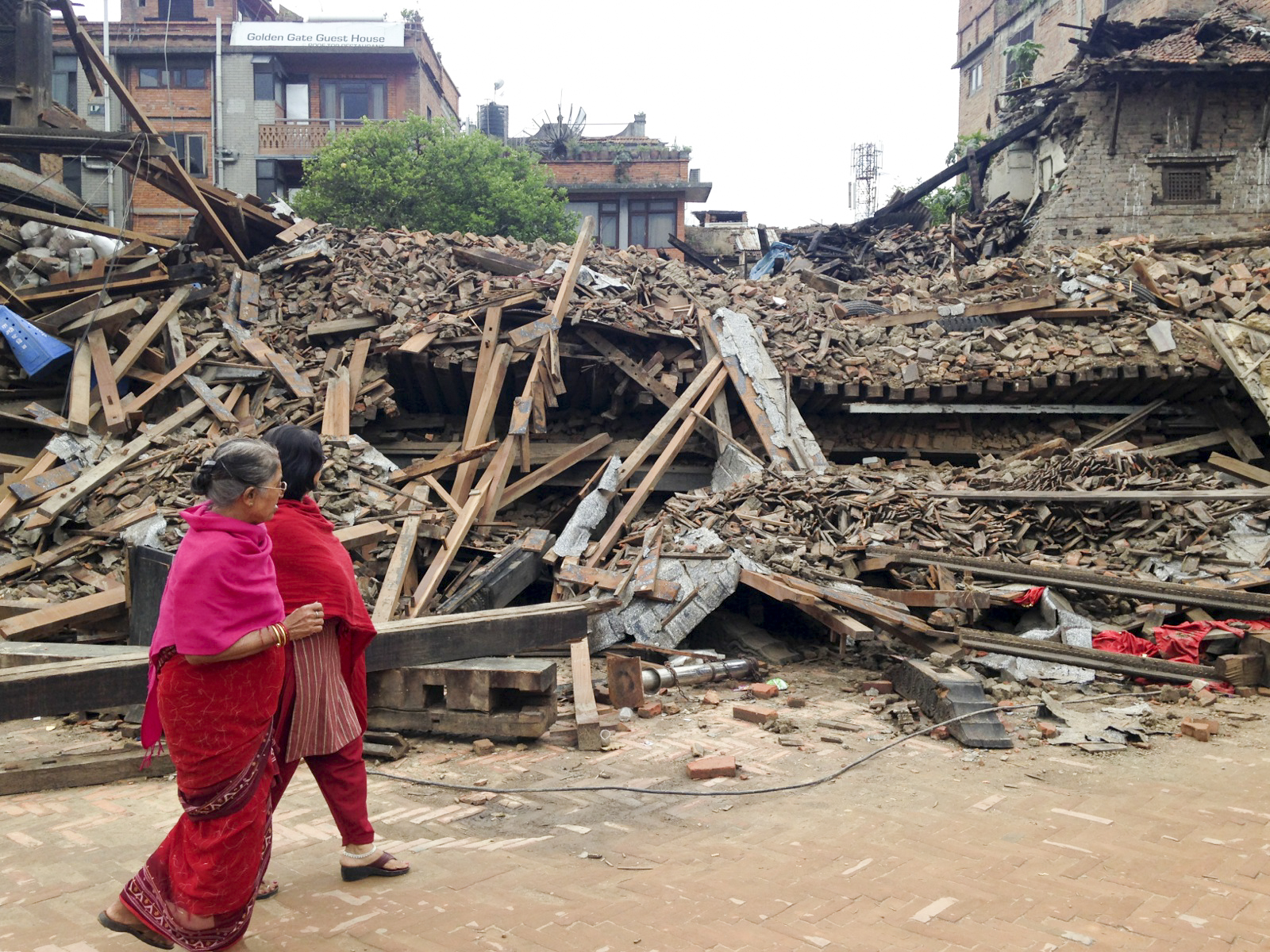 On July 29, Senator Cardin (D-MD), a Ranking Member of the Senate Foreign Relations Committee, and Senator Kirk (R-IL) introduced the Nepal Recovery Act in the Senate. This act would provide humanitarian assistance to the Nepalese people, given that there were two earthquakes that killed 8,700 people in April and May.
On July 29, Senator Cardin (D-MD), a Ranking Member of the Senate Foreign Relations Committee, and Senator Kirk (R-IL) introduced the Nepal Recovery Act in the Senate. This act would provide humanitarian assistance to the Nepalese people, given that there were two earthquakes that killed 8,700 people in April and May.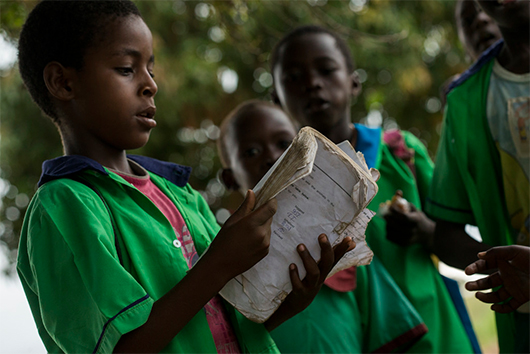

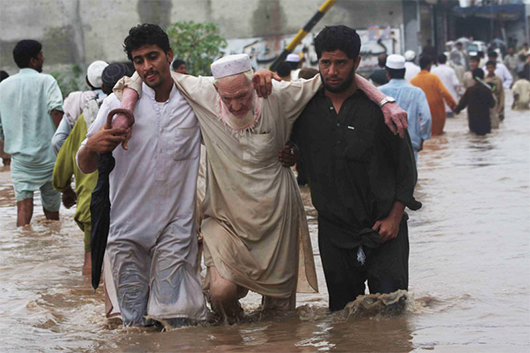

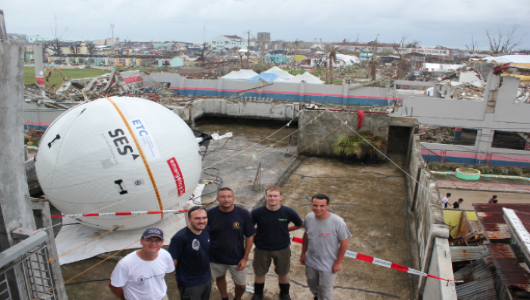
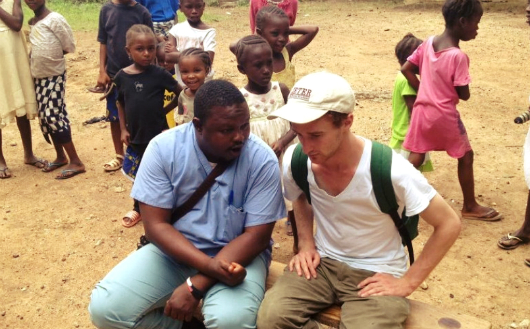
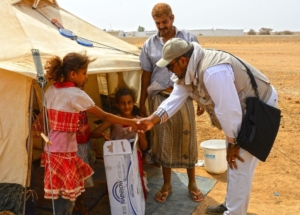 Saudi Arabia, the Arab world’s leader in humanitarian aid, recently launched the King Salman Center for Relief and Humanitarian Works, or KSC. The center, which is named for the Gulf state’s new monarch, is expected to revolutionize the Saudis’ current system of aid distribution.
Saudi Arabia, the Arab world’s leader in humanitarian aid, recently launched the King Salman Center for Relief and Humanitarian Works, or KSC. The center, which is named for the Gulf state’s new monarch, is expected to revolutionize the Saudis’ current system of aid distribution.